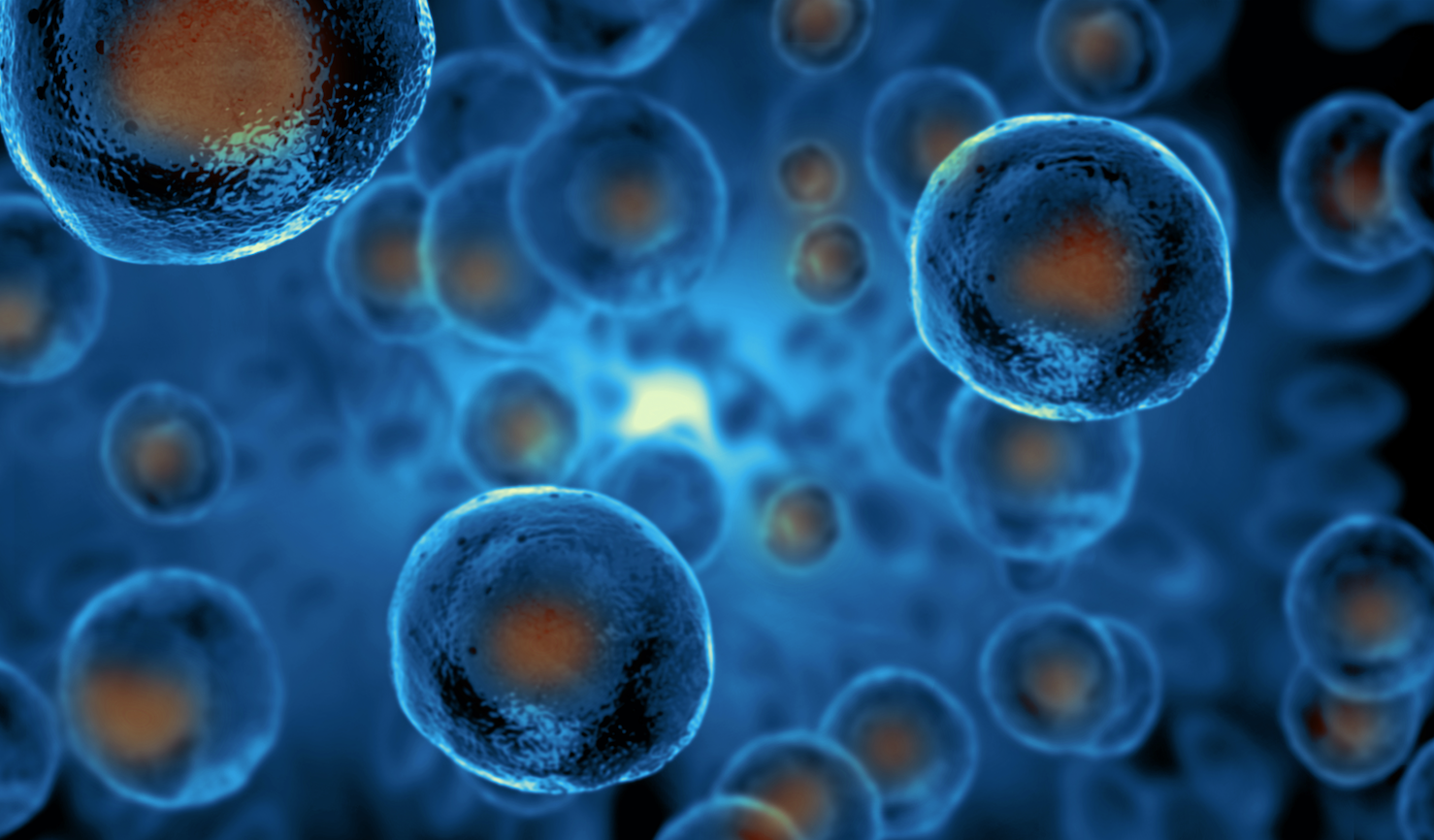What Are Stem Cells – and Why Should I Care?
Whether or not you’re into biology, immunology, or any of the other -ologies that science throws at us, it doesn’t matter. These sciences are into you. Rather, they’re an integral part of what keeps you alive and healthy.
Photo Credit: Giovanni Cancemi/Adobe Stock
One of the hottest areas in medicine these days is stem cells. I keep hearing the term not just on science and news shows but also dropped in casual conversations. You know: “I hear stem cells may be a cure for (insert latest disease here).” But what I didn’t know is exactly what stem cells are and what they can be used for. After all, I’m not a scientist; I’m just a curious, interested party.
So I did a little research so that the next time someone says, “Stem cells are the future of medicine” I won’t have to just nod in agreement as though I understood what the future would be like. Here’s what I found.
Think of stem cells as the raw materials of the body. They are the cells from which all other cells with specialized functions are generated. Under the right conditions stem cells divide to form more cells called daughter cells. These daughter cells either become new stem cells in a process called self-renewal or become specialized cells, which is called differentiation. They differentiate (become) cells with a specific function, such as blood cells, brain cells, heart muscle cells, or bone cells. No other cell in the body has the natural ability to generate new cell types.
What types of stem cells are there?
There are three types of stem cells:
Adult stem cells — These can be taken from bone marrow, blood or fat but they have limited potential. As we age, our stem cells lose functionality and we have far fewer of them. Also, adult stem cells may be subject to “DNA abnormalities caused by sunlight, toxins and errors associated with making more DNA copies over the course of a lifetime,” according to the National Institutes of Health (NIH).
Cord stem cells — Cord stem cells can be harvested from the umbilical cord after birth (with the mother's permission, of course). Typically discarded, this tissue can be donated to science for use in research or medicine or placed in a cord bank in case the mother or child may need it one day. Cord stem cells are much more efficient at replicating once removed from the body compared to adult stem cells. Doctors use cord stem cells to treat autoimmune conditions, such as lupus, rheumatoid arthritis and multiple sclerosis, as well as chronic infections such as HIV, herpes and Lyme disease.
Embryonic stem cells — These hold the most promise for treating diseases, but there are ethical issues about using them. Human embryonic stem cells are derived from eggs fertilized in vitro. These “pluripotent” stem cells have the flexibility to morph into any human cell. When embryonic stem cells are grown in a laboratory under certain conditions for several months, they can remain unspecialized and produce millions of stem cells indefinitely. The resulting batch of cells is referred to as a stem-cell line.
What does all this mean to me?
It could mean a better quality of life for us all. Diseases not only negatively affect our physical and mental wellbeing; they also are costly in terms of treatment, loss of work, and family hardship. The traits that stem cells exhibit is why doctors and researchers are so excited about studying them and finding ways to use them in modern medicine. Three of these promising avenues are:
Discovering how diseases occur. By careful observation of how stem cells mature into differentiated cells, researchers may better understand how diseases and other medical conditions develop.
Advances in regenerative medicine. Stem cells are regenerative. This refers to their ability to be “self-renewing.” They can clone (duplicate) themselves. That ability has far-reaching implications. Stem cells can be guided into becoming specific cells that can be used to regenerate and repair diseased or damaged tissues in humans. Those who might benefit from stem cell therapies include people with spinal cord injuries, type 1 diabetes, Parkinson's disease, amyotrophic lateral sclerosis, Alzheimer's disease, heart disease, stroke, burns, cancer, and osteoarthritis.
Testing new drugs. Researchers can use some types of stem cells to test drugs for safety and quality. Exciting new areas of study include the effectiveness of using human stem cells that have been programmed into tissue-specific cells to test new drugs. For this to be accurate, the cells must be programmed to acquire properties of the type of cells targeted by the drug.
As you can see, stem cells may indeed be the future of medicine. Strides have been made using them to treat a number of conditions, and more uses are being researched on a continuing basis. Their use eliminates secondary problems, such as side effects that occur with drugs and chemotherapy. They can be better targeted to the diseases they are meant to help. And they may be the only treatment available for some conditions, such as spinal cord injuries.
And who knows? Stem cells may even have the ability to extend our life spans. Wouldn’t that be great?

